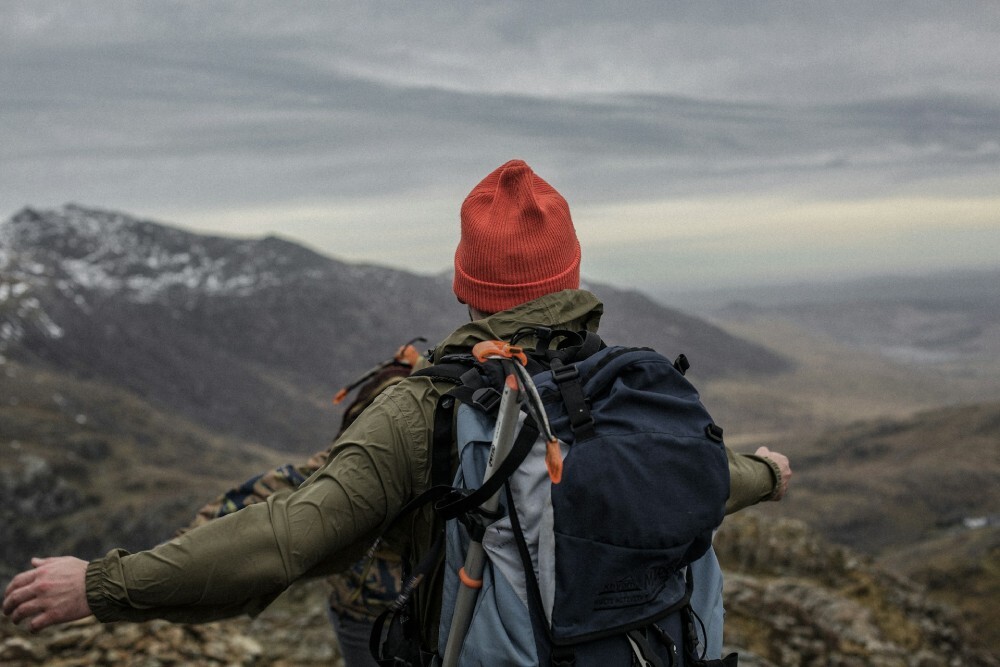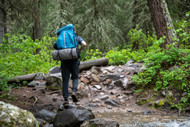Wilderness Survival Skills: 4 Tips for Surviving in the Woods for 24 Hours
Posted by Kevin Green on Mar 11th 2025
Do you know how to build a secure shelter? Could you light a fire or find a safe water source in the wilderness? Whether you regularly venture into the outdoors for remote camping trips or you’re simply an avid adventurer, it’s essential to equip yourself with basic wilderness survival skills. Besides ensuring your safety and enjoyment, these skills prepare you for any challenge that comes your way. Get ready for outdoor excursions, emergency situations, and every situation in between with these survival tips.
1. Prioritize Finding or Building a Shelter
Building a shelter is a crucial wilderness survival skill for anyone who finds themselves in an emergency situation. The wilderness often exposes you to hypothermic conditions, making it difficult to maintain body temperature. This makes shelter your number one priority for survival. Your makeshift shelter will provide protection from wind, rain, and other tough weather conditions. It also creates a barrier from predators!
- Location Matters - Build your shelter near a nearby water source and trees that can provide firewood.
- Use Natural Materials - Don’t have must-have outdoor survival equipment like a tent and military sleeping bag? You can build your own using what Mother Nature gives you! Branches and leaves are helpful, as is packing the inside of your shelter with debris (grass, moss, etc.).
- Safety First - While natural shelters like caves are great survival shelters, they may already have wildlife occupants. Build a fire at the entrance to discourage animals from entering if you choose a natural shelter.
2. Identify a Safe Water Source
Finding – and identifying a safe water source – is another critical wilderness survival skill. You must find a clean and reliable water supply as soon as possible to keep your systems functioning smoothly! Running water, such as streams and waterfalls, are your best sources. Melted snow and rainwater are also great options. Keep an eye out for vegetation, the sound of running water, or even animal tracks. This will help guide you to safe drinking water.
Can’t find running water? Though stagnant bodies of water like ponds and lakes pose a greater risk of harmful bacteria, you can purify it for safe consumption. You can do this by boiling the water for at least one minute (three minutes for higher elevations), using a water filter, or treating it with water purification tablets.
3. Build a Fire

Fire provides more than a cozy ambiance; it provides much-needed warmth, allows you to purify water, and staves off predators. You can also use a fire to signal for help. This makes fire building one of your most vital wilderness survival skills. You’ll need tinder to start a fire. Collect any natural tinder nearby, such as dry twigs, leaves, small branches, and dried moss. You’ll also need logs or larger sticks to maintain your fire.
There are many fire-starting techniques, from the friction method to traditional flint and steel. If you’re unfamiliar with these techniques, outdoor survival equipment will simplify starting a fire. Bring reliable fire starters, such as waterproof matches or magnesium tools, to ensure you can quickly start a fire, no matter the conditions.
4. Carry a Basic Survival Kit

Equipping yourself with basic wilderness survival skills and the right camping equipment ensures your utmost confidence in any scenario. Grab these essentials before heading out into the wilderness:
- Fire Starters - There is a variety of options ranging from lighters to waterproof matches or even steel wool and a battery.
- Water Purification - Boiling water is an option if you have the right container, but filtration straws or tablets take up much less space. They’re also faster and easier to use.
- Pocket Knife or Multitool - These tools can aid you in a variety of survival situations, from first aid treatment to shelter building.
- First Aid Supplies - Get a ready-made first aid kit or make your own with must-have items, such as bandages, antiseptic wipes, tweezers, and scissors. Knowing basic first aid techniques – wound cleaning and dressing, mild injury treatment, etc. – is also a crucial survival skill!
- Topographic Map and/or Compass - These navigation tools can help guide you to nearby water sources and natural shelter.
- Military Clothing - Clothing varies depending on your terrain and climate conditions. However, thermal clothes and poncho liners are especially protective against the elements.
Other outdoor survival equipment to consider includes a flashlight or headlamp, a military canteen, and military MREs.
Master Your Wilderness Survival Skills
Outdoor adventures require careful planning and a firm grasp of survival skills. The right military survival gear helps, too, offering greater comfort and protection from the elements. Be ready for anything with high-quality military gear and preparedness tips from Army Surplus World!

